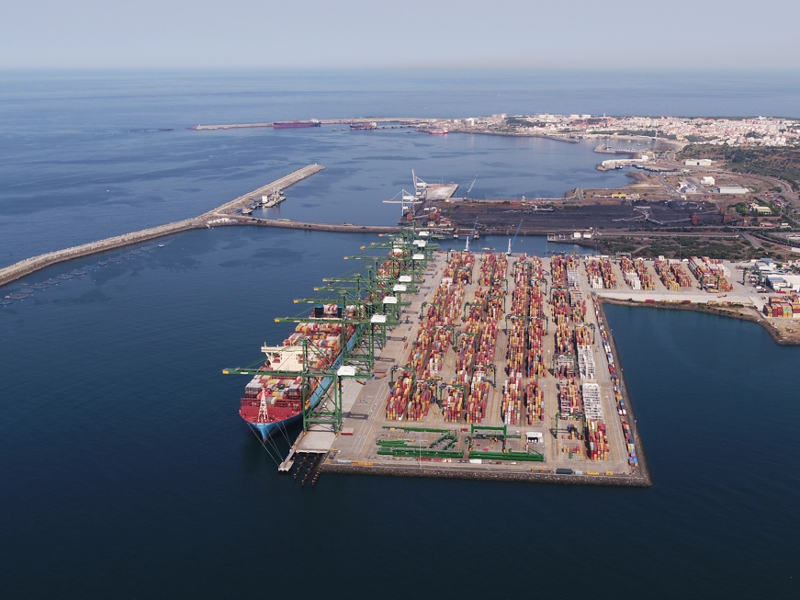Article 11 of the LOSC provides a rule concerning harbour works:
For the purpose of delimiting the territorial sea, the outermost permanent harbour works which form an integral part of the harbour system are regarded as forming part of the coast. Off-shore installations and artificial islands shall not be considered as permanent harbour works.
The first sentence of this provision is a replica of Article 8 of the TSC. The second sentence, which was newly added in Article 11 of the LOSC, makes it clear that harbour works must be attached to the coast in order to be used as base points. In relation to this, it is notable that Article 50 of the LOSC allows archipelagic States to draw closing lines for the delimitation of internal waters in accordance with Articles 9, 10 and 11. It would seem to follow that closing lines may be drawn across the entrances to the port.
Neither the LOSC nor the TSC provides a clear meaning for the term ‘harbour works which form an integral part of the harbour system’. In this regard, the ICJ, in the 2009 Black Sea case, ruled that these works are ‘generally installations which allow ships to be harboured, maintained or repaired and which permit or facilitate the embarkation and
disembarkation of passengers and the loading or unloading of goods’.
The admissibility of taking into account the outermost permanent harbour works as part of the coast may be at issue in the context of maritime delimitation. In the 1981 Dubai/Sharjah Border Arbitration, the harbour works of Dubai were approximately 2 miles in length and projected approximately 1.5 miles seaward, while the harbour works of Sharjah were approximately 2 miles in length and projected approximately 0.5 mile seaward. The Court of Arbitration ruled that, in light of Article 8 of the TSC and Article 11 of the 1980 Draft Convention on the Law of the Sea, the permanent harbour works of both Dubai and of Sharjah must be treated as a part of the coast for the purpose of drawing the baselines from which the lateral sea boundary between them was constructed.
In the 2009 Black Sea case, a question was raised whether the Sulina dyke – which is a 7.5 km-long dyke out to sea situated on the southern headland of the Musura Bay on Romania’s coast – could be regarded as ‘permanent harbour works which form an integral part of the harbour system’ within the meaning of Article 11 of the LOSC. There was no question relating to the permanent nature of the Sulina dyke. Nonetheless, the Court noted that the functions of a dyke were different from those of a port. According to the Court, the function of the Sulina dyke was to protect shipping destined for the mouth of the Danube and for the ports situated there, and there was no convincing evidence that this dyke served any direct purpose in port activities. Hence the Court ruled that the seaward end of the Sulina dyke was not a proper base point for construction of a provisional equidistance line delimiting the continental shelf and the EEZ

